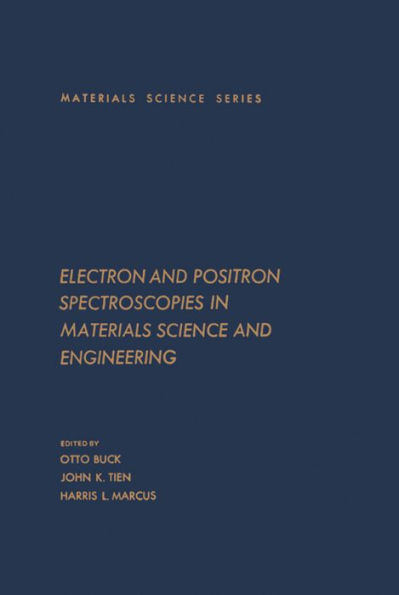Electron and Positron Spectroscopies in Materials Science and Engineering presents the advances and limitations of instrumentations for surface and interface probing useful to metallurgical applications. It discusses the Auger electron spectroscopy and electron spectroscopy for chemical analysis. It addresses the means to determine the chemistry of the surface. Some of the topics covered in the book are the exo-electron emission; positron annihilation; extended x-ray absorption fine structure; high resolution electron microscopy; uniaxial monotonic deformation-induced dislocation substructure; and analytical electron microscopy. The mechanistic basis for exo-electron spectroscopy is covered. The correlation of fatigue and photoyield are discussed. The text describes the tribostimulated emission. A study of the quantitative measurement of fatigue damage is presented. A chapter is devoted to the fracture of oxide films on aluminium. Another section focuses on the positron annihilation experimental details and the creep-induced dislocation substructure. The book can provide useful information to scientists, engineers, students, and researchers.



